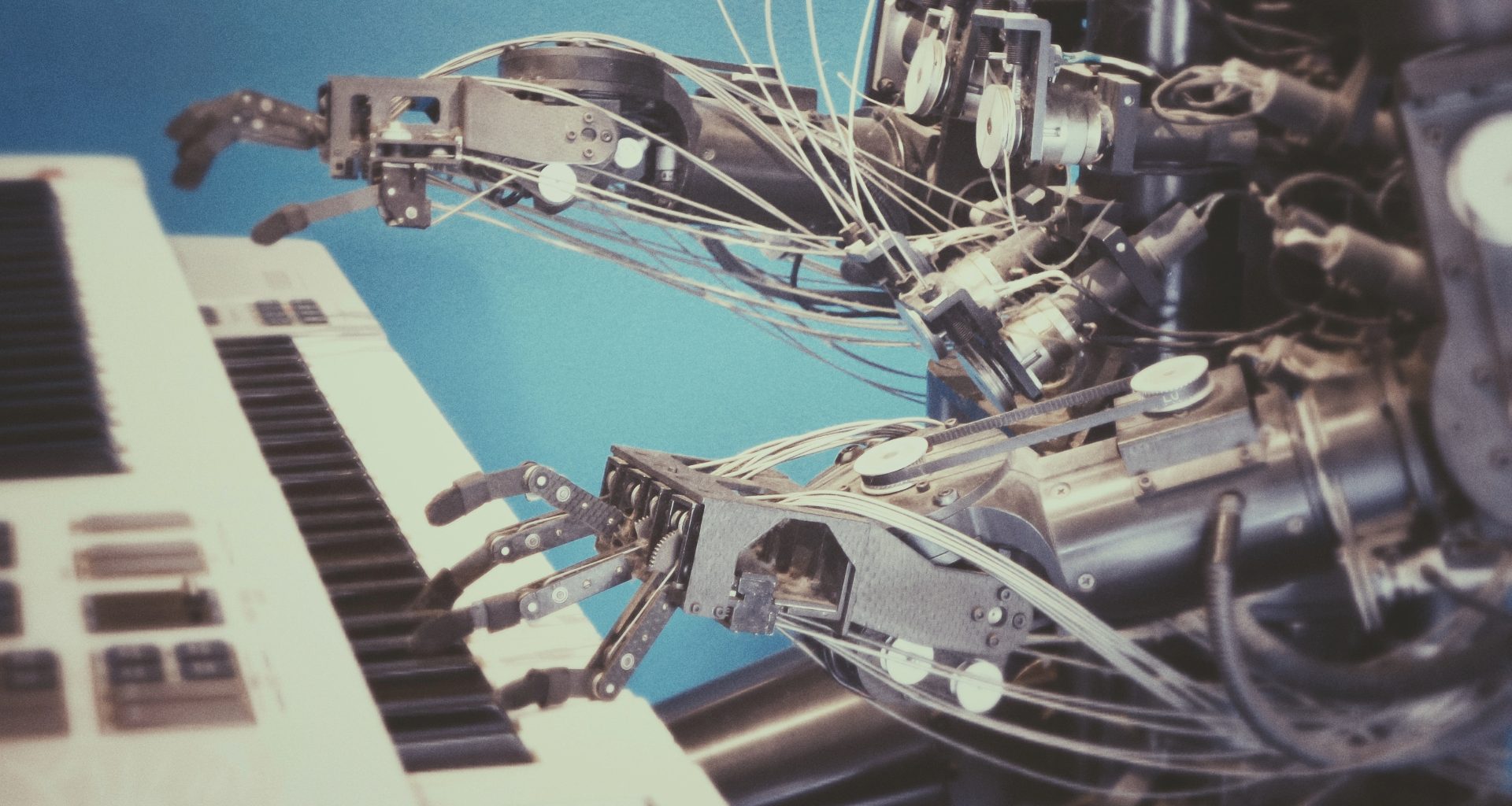The integration of artificial intelligence (AI) into our daily lives has gone beyond the realms of science fiction, becoming an integral part of various industries and activities. While self-driving cars and voice assistants are familiar examples, the influence of AI extends far beyond these conventional applications. Let’s delve into 11 unexpected and innovative ways AI technology is making an impact, from predicting earthquakes to revolutionizing fashion design.
Text-to-Speech Evolution
Converting text into spoken words has come a long way. The modern, realistic human voice produced by free text-to-speech tools like CapCut is the result of decades of research and development. Machine learning, introduced to text-to-speech systems in the late 1990s, has transformed the once robotic sounds into a seamless, natural experience, allowing for widespread adoption and integration.
Accelerating Drug Discovery
In the pharmaceutical industry, AI is becoming a valuable ally in the race to discover new drugs. By analyzing vast amounts of biomedical data, AI can identify patterns and connections between different substances, potentially expediting the discovery of new medications. This could revolutionize drug research, making it faster and more cost-effective.
Earthquake Forecasting
AI is making strides in predicting earthquakes, providing a much-needed advancement over traditional methods. By analyzing extensive seismic data, AI algorithms can identify subtle patterns and anomalies, offering more accurate and timely predictions. This innovation has the potential to save lives by providing crucial early warnings before seismic events occur.
Image and Video Upscaling
AI-powered tools are transforming how we handle images and videos. Apps like CapCut utilize advanced AI algorithms to intelligently scale up low-resolution content to 4K resolution, remove noise, and sharpen edges. This enables users to enhance the quality of their visuals in a matter of seconds, marking a significant leap in image and video processing.
Detecting AI-Generated Content
As deepfake technology becomes more sophisticated, AI is stepping in not only to create realistic content but also to detect AI-generated material. By analyzing imperceptible differences in video or audio, AI can identify deepfakes, contributing to the fight against misinformation and ensuring the authenticity of digital content.
Wildlife Conservation with AI Drones
Wildlife conservation efforts are benefiting from AI-powered drones and cameras. These devices can identify, track, and monitor animals in the wild, aiding in the detection of irregularities and protecting wildlife from poachers. AI’s ability to analyze animal behavior provides valuable insights and timely alerts for conservationists.
Coloring Black and White Photos
AI has brought new life to old family albums filled with black and white photographs. CapCut’s photo colorizer AI detects image content and analyzes grayscale to bring vibrant and realistic colors to pictures. This suite of AI-powered tools assists graphic and video designers in editing, color correction, upscaling, and more.
Predicting and Reducing Food Waste
AI algorithms and machine learning techniques are helping predict consumer demand, enabling retailers to optimize their supply chains and minimize waste. AI-equipped home appliances track food expiration dates and suggest recipes based on available ingredients, contributing to global efforts to reduce food waste.
Faster Emergency Response
Emergency services are leveraging AI to speed up and coordinate rescue efforts. AI helps analyze real-time data to predict natural disasters such as wildfires and floods, providing timely warnings. AI-powered drones aid in locating survivors, enhancing the efficiency of emergency response teams.
AI-Powered Language Learning
AI technology is enhancing second language acquisition by personalizing learning experiences. AI tutors cater to individual learning styles, providing immediate feedback. Algorithms make language exercises more engaging by basing tasks on fresh content like news articles and podcasts.
AI in Recruitment
Human Resources departments are turning to AI algorithms to analyze resumes and job applications, accurately matching candidates to job openings. AI helps reduce bias in the hiring process, fostering data-driven recruitment for diverse and efficient workforces.









